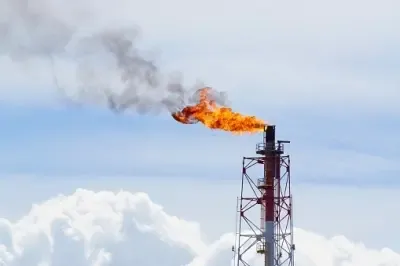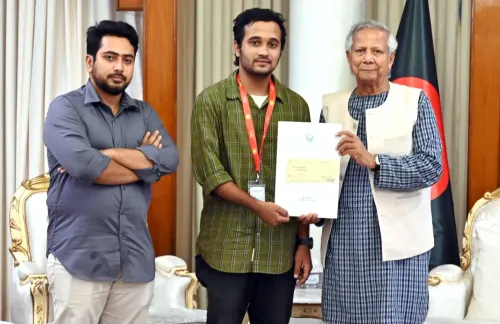How Are Australian Scientists Using Underwater Robots to Explore Remote Reefs in the South Pacific?

Synopsis
Key Takeaways
- Innovative underwater robots are mapping uncharted reef ecosystems.
- Research focuses on biodiversity and climate change impacts.
- Collaboration between Australia and New Zealand enhances scientific understanding.
- High-resolution imaging reveals details of marine life.
- Norfolk Island serves as a critical migratory link for ocean species.
Sydney, June 3 (NationPress) - Innovative underwater robots are being deployed by Australian scientists to investigate remote and mostly unexplored reef ecosystems in the South Pacific, as stated by the University of Sydney on Tuesday.
This effort is part of a significant international expedition aimed at mapping deep-sea environments and biodiversity off the coast of Norfolk Island, a secluded Australian territory situated 1,600 km northeast of Sydney, which is recognized as one of the most ecologically vital areas in the South Pacific, according to a university press release.
The unique location and combination of tropical and temperate ecosystems make it essential for monitoring species migrations and the effects of climate change, the release highlighted.
Equipped with advanced cameras and sensors, the Autonomous Underwater Vehicles are capturing thousands of images to create detailed 3D maps of the ocean floor and document marine life in previously unseen detail. The underwater robots act as the eyes and hands of researchers, allowing safe exploration of deep-sea regions inaccessible to human divers, as reported by the Xinhua news agency.
"This is the first occasion that parts of the seabed in the Norfolk Ridge will be photographed at such a high resolution," stated Stefan Williams from the University of Sydney's Australian Center for Robotics.
The expedition brings together researchers from Australia and New Zealand to chart the seabed and collect marine specimens including fish, corals, mollusks, and algae to improve understanding of regional biodiversity, according to the scientists involved.
“Norfolk Island is a crucial oceanic link for species migrating between tropical New Caledonia and temperate New Zealand," noted Shane Ahyong, acting chief scientist at the Australian Museum Research Institute, who is leading the second phase of the Norfolk Island scientific expedition.








